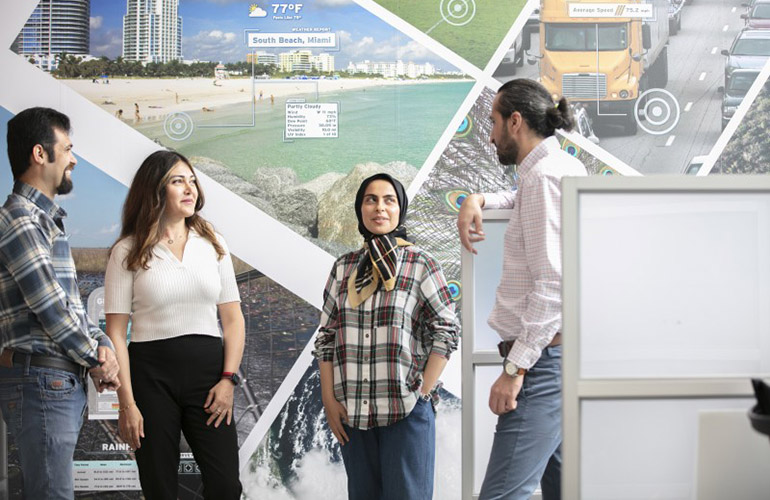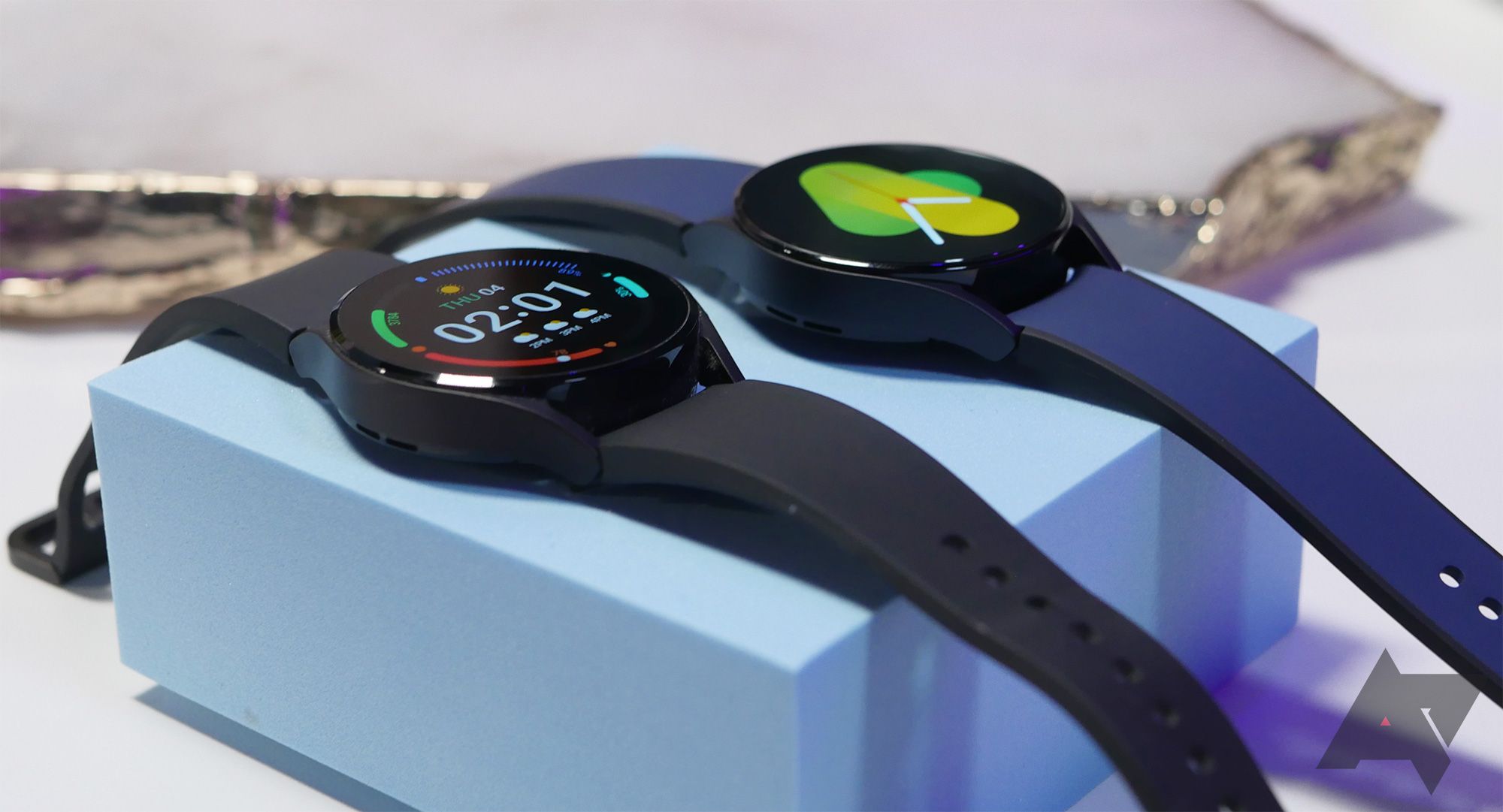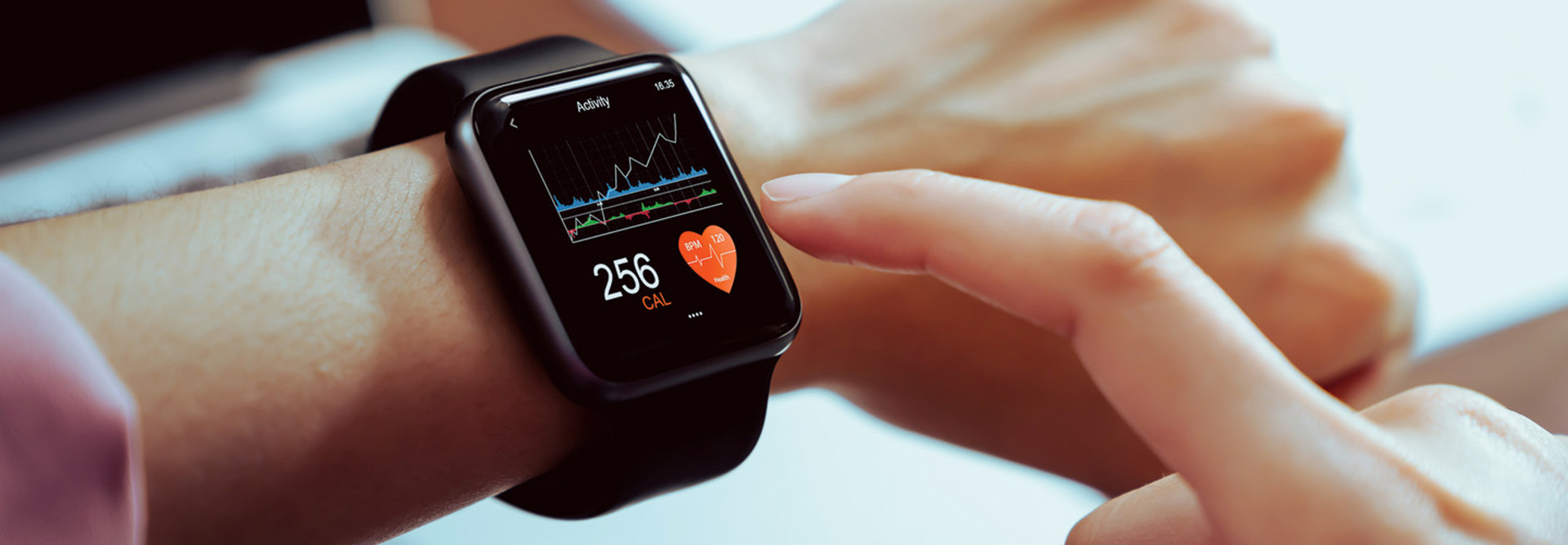
Researchers at Florida Atlantic University, some of whom are pictured, have developed a novel method using wearable sensors and AI that could reshape balance assessment practices. Credit: Alex Dolce, Florida Atlantic University
Traditionally, physicians have relied on subjective observations and specialized equipment to gauge balance in individuals with conditions such as Parkinson’s disease, neurological injuries, and age-related decline. Such methods — especially subjective ones — can lack precision, are difficult to administer remotely, and can be inconsistent. To address such limitations, researchers from Florida Atlantic University have developed a novel approach using wearable sensors and advanced machine learning algorithms that could redefine balance assessment practices.
The research is published in Frontiers in Digital Health.
The sensor setup
The researchers used wearable Inertial Measurement Unit (IMU) sensors placed on five body locations: ankle, lumbar, sternum, wrist, and arm. Data collection followed the Modified Clinical Test of Sensory Interaction on Balance (m-CTSIB) protocol, testing four sensory conditions: eyes open and closed on stable and foam surfaces. Each test lasted roughly 11 seconds, simulating continuous balance scenarios.
The scientists then preprocessed and extracted features from the raw sensor data. They then applied a trio of machine learning algorithms to estimate m-CTSIB scores: multiple linear regression, support vector regression, and the open-source software library XGBOOST.
Training an AI balance detective
The researchers trained and validated the models with wearable sensor data as input and corresponding m-CTSIB scores from Falltrak II as ground truth labels.
They used cross-validation methods, correlation with ground truth scores, and Mean Absolute Error (MAE) measures, to evaluate the performance
The XGBOOST model using lumbar sensor data yielded the best results, demonstrating high accuracy and strong correlation with ground truth balance scores. The lumbar and dominant ankle sensors produced the highest performance in balance score estimation.
Toward more precise balance assessement
In Frontiers in Digital Health, the researchers concluded that the “findings pave the way for more precise and convenient balance assessments.” They state the approach has “immense potential to enhance balance performance assessment and management in various settings, including clinical environments, rehabilitation, and remote monitoring.”



